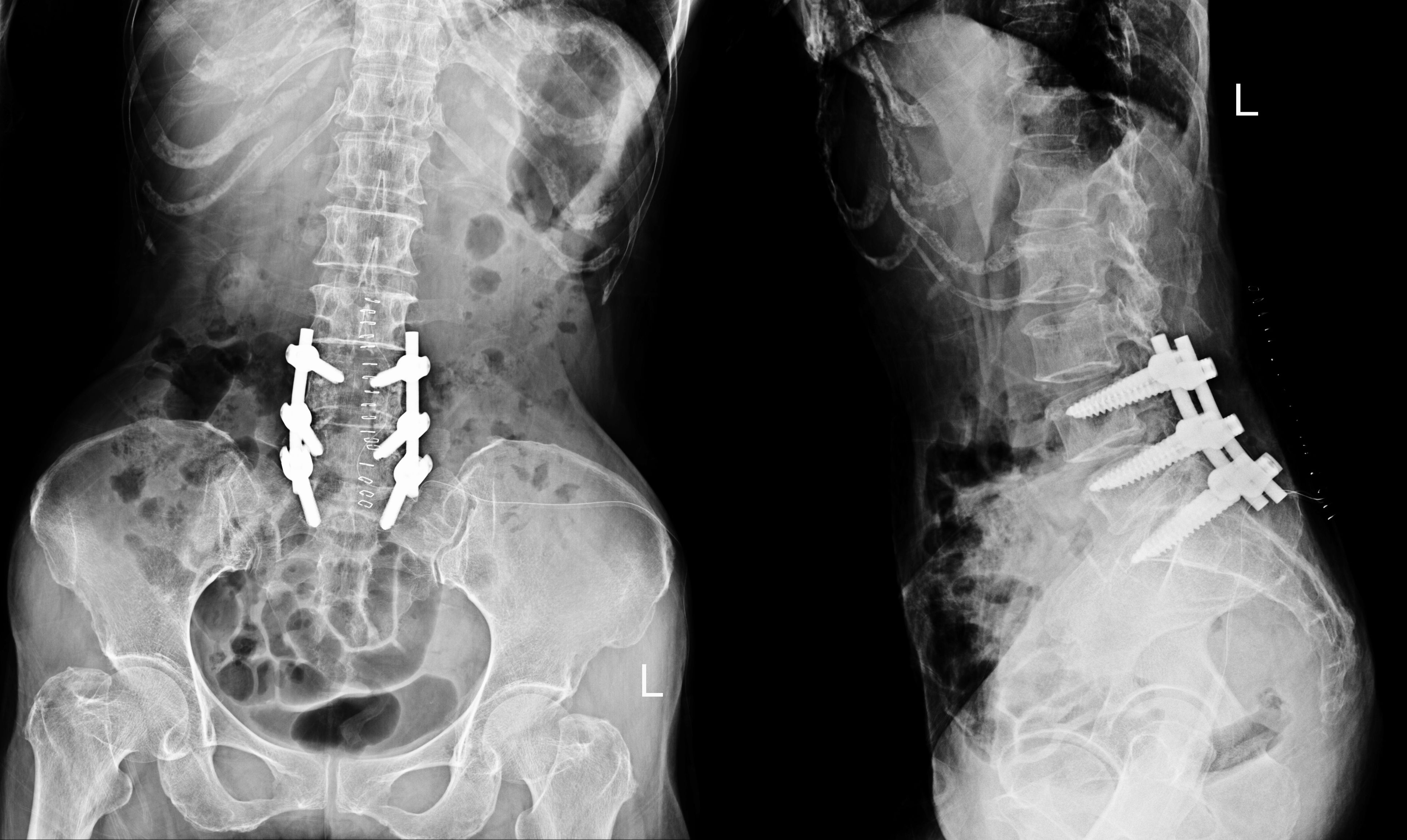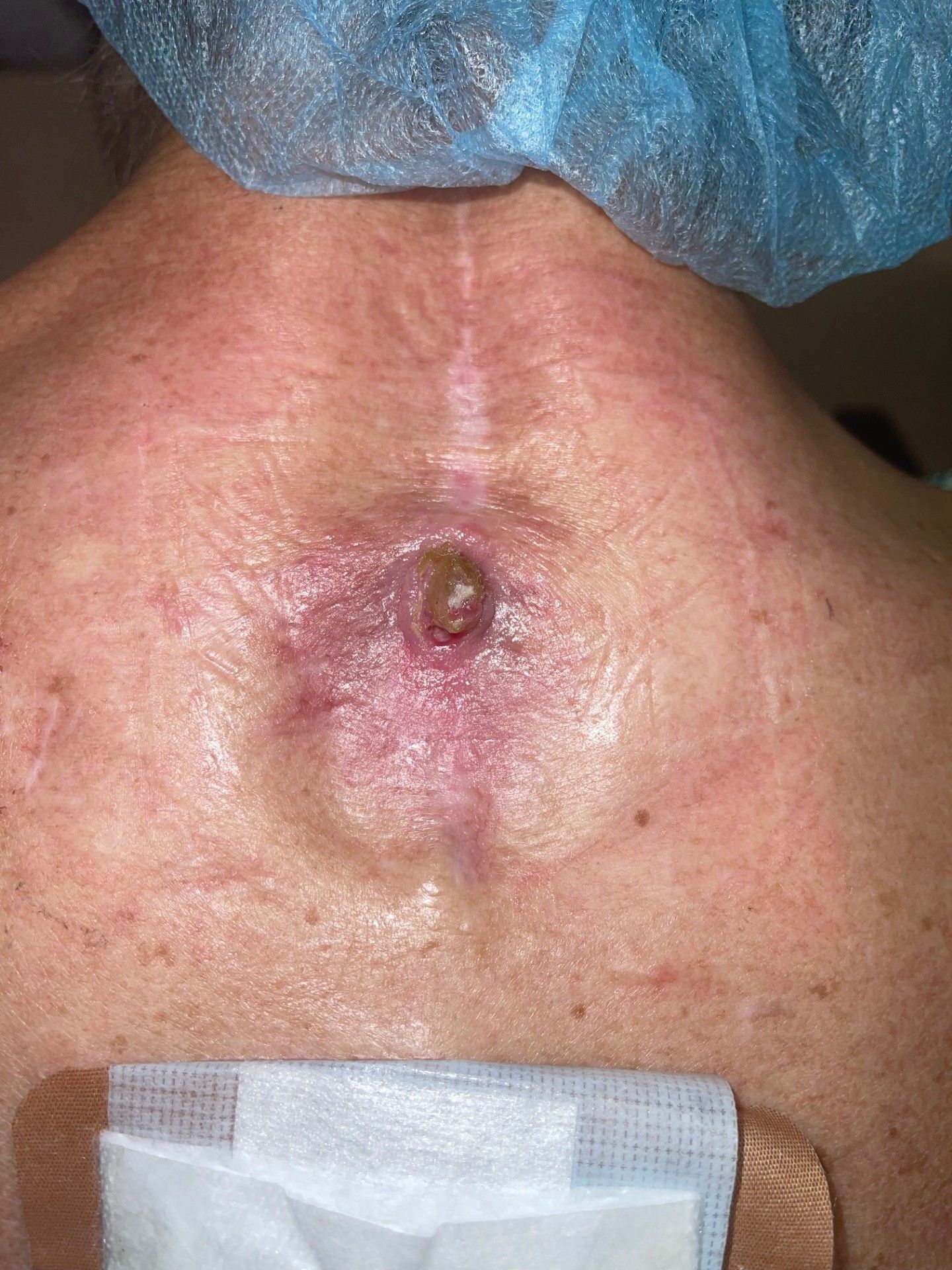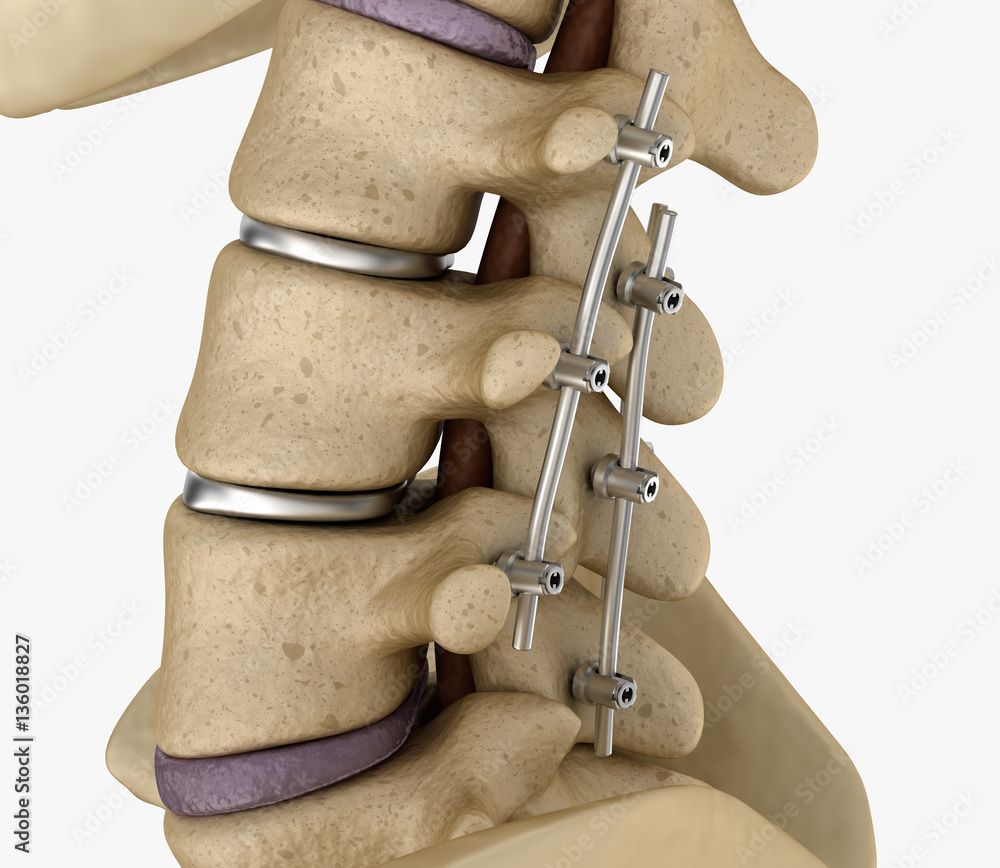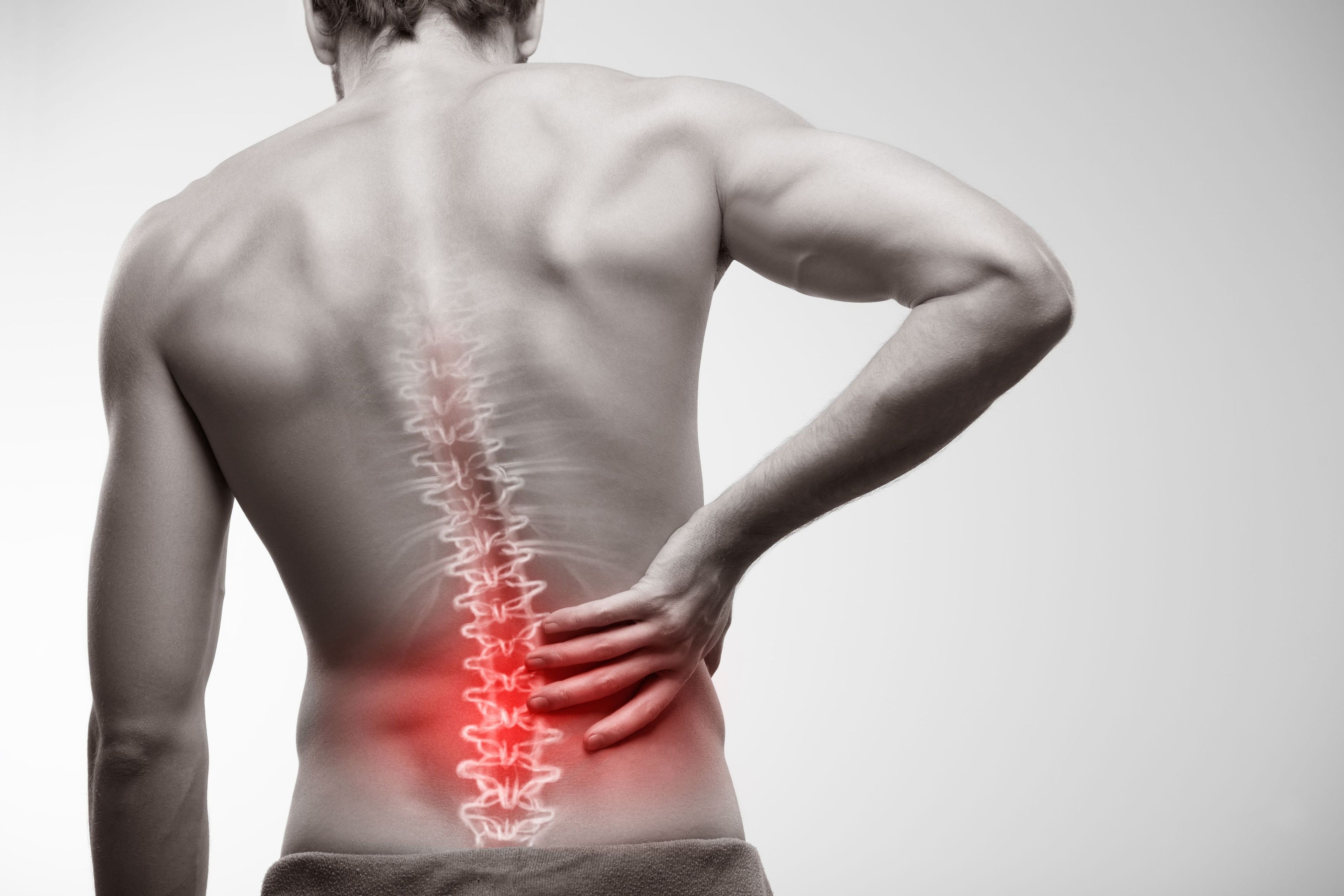A Guide for Understanding Pain After Spinal Fusion Surgery
What if I told you that roughly 1.5 million spinal fusions are performed in America each year, and that only about fifty percent of patients experience significant improvement in back and neck pain? Many patients assume the spinal fusion surgery recommended for their particular condition will eliminate their chronic neck and back pain having received assurances from their surgeons. For patients still suffering from debilitating pain after surgery, it’s important to understand why and what should be done to address it.
The Reality of Spinal Fusion
First, I want to explain to everyone what spinal fusion is. This surgery can be performed on the neck (cervical spine), or lower back (lumbar spine) for a variety of reasons and using a variety of techniques.
Spinal fusion is a surgery that connects two or more vertebrae in the spine. The idea is to fuse the two bones together to

prevent mobility in that section of the spine, helping to treat symptoms such as pain, numbness, tingling, and weakness.
Causes of Post-Operative Pain
After spinal fusion surgery, recurrent pain can occur. Recurrent pain is a pain that initially improves after surgery but returns days, weeks, or even months later. This is very common because fusion is NOT a cure for pain.
There are many examples of types of recurrent pain that can be present after surgery. Some include:
1. Infection
An infection after spinal surgery can cause back pain, fevers, and chills. Physical signs may include redness, swelling, or drainage at the incision site. Diagnosis of an infection should be conducted by the surgeon that did the surgery. Tests such as blood work (like an elevated inflammatory marker test or white blood cell count test) and imaging studies like an magnetic resonance imaging (MRI) with and without contrast can be performed. These tests performed can be used to diagnose whether there is an infection post-surgery after a spinal fusion that may be causing your issues.

2. Hardware Failure
Hardware failure post spinal fusion can include broken or loose rods and screws. These can be identified from imaging from an X-Ray, MRI, or CT scan. Broken hardware can cause symptoms like pain, numbness or tingling in the extremities. Hardware problems may require revision surgery to fix or remove the hardware. Hardware malfunctions can also be caused by poor bone quality such as osteoporosis or osteopenia.

3. Muscle Spasms
Muscle and soft tissue pain is a common type of recurrent pain after surgery. Because of the invasiveness of the surgery, muscle and soft tissues surrounding the spine are often damaged and destroyed. Studies show that fifty percent of the muscle is destroyed surrounding the incision, leading to disintegration and devascularization of the muscles persistent in muscle spasms and weakness.
4. Adjacent Segment Disease
A very common issue after spinal fusions is adjacent segment disease. This is a condition in which the discs above and/or below the fusion degenerate and cause issues. During fusion, a segment of the spine is joined together to prevent movement. This causes increased stress on these joints above and below. This alters the force and movement patterns of the spine leading to increased stress on the adjacent joints.
5. Failed Fusion of Vertebrae
Another cause of pain after spinal fusion is a failed fusion, also known as pseudoarthrosis. Pseudoarthrosis is a condition in which the bones in a spinal fusion fail to fuse properly, resulting in the vertebrae not joining together as intended. The failure can lead to pain and instability in the spine. Treatment options may include revision surgery or conservative management such as pain management or physical therapy, both of which serve only as temporary solutions for alleviating back or neck pain. Common factors that lead to failed fusion include smoking, which causes impaired bone forming cells from nicotine; obesity, which adds extra stress to the spine; and diabetes, as uncontrolled blood sugar can lead to poor bone healing.
6. Residual Pain
Even when your spinal fusion heals properly, it is not unusual to experience residual pain or stiffness after surgery. Residual pain is a type of pain that never leaves that was present before the surgery. This is more often the cause because spinal fusion is not a cure for back and neck pain. Like I talked about earlier in this article, roughly fifty percent of people see improvement in their back and neck pain after fusion, but never one hundred percent pain relief. What can actually eliminate back and neck pain are the treatments offered at the Deuk Spine Institute.
Persistent Pain: Steps to Take
Step 1: Notify your surgeon and get a new evaluation
If you are experiencing pain and symptoms after a fusion surgery, you should contact your surgeon. Call the office you were seen at to see the doctor that did your surgery and get evaluated.

The surgeon who performed the surgery will know the key details of the surgery like the levels fused, the hardware placed, and the post-operative recovery timeline based on their evaluation of you and how the surgery went.
They will make a recommendation on what the next steps should be and a create a treatment plan.
Important note: obtain copy of your medical records should you need them for a second opinion.
Step 2: Go to the ER for heightened, recurrent pain
While recurrent pain can be a symptom to get evaluated for after your surgery, some symptoms require immediate emergency attention. Things like:
- New or worsening numbness in extremities
- Loss of bowel or bladder
- Sudden severe pain
- Fever, chills, or complication at incision sites
These symptoms could be signs of nerve compression, infection, or other surgical complications such as a hematoma. While at the emergency room, provide the information to the staff about your surgeon, and as much of your surgery that you know so they can try and get in contact with your surgeon to discuss emergency treatment if needed. Never ignore the signs and symptoms that you experience after surgery as these are the warning signs that your body is trying to tell you something is wrong.
The Safe Alternative: Next Gen Spine Surgery
Here at the Deuk Spine Institute, we offer state-of-the-art treatments that eliminate back and neck pain. Our minimally invasive laser spine surgery procedures treat discogenic pain using our proprietary Deuk Laser Disc Repair® (DLDR) procedure. This treatment uses a 4mm incision used to treat herniated and bulging discs, and degenerative disc disease. The DLDR® is the modern, next generation of spine surgery techniques, providing an alternative to fusions, is done on an outpatient basis, and takes one hour. We have helped over 2700 patients reclaim their lives and live pain-free. No drilling. No metal hardware. No narcotics. Zero complications.
Searching for Answers?
Learn about the 30 different causes of back pain from Dr. Deukmedjian.
Along with DLDR®, we also offer the Deuk Plasma Rhizotomy® (DPR) that is used to treat facetogenic pain and sacroiliac joint pain. Again, these minimally invasive procedures can cure the back and neck pain that you are experiencing. The surgeries done here at the Deuk Spine Institute are outpatient, meaning that you get to go home the same day without staying in a hospital overnight. There is no need to take post-operative narcotics after the surgeries here at the Deuk Spine Institute.
Make the Move to a Pain-Free Life
If you are seeking relief from lumbar or cervical pain, have been recommended for spinal fusion, or are still dealing with chronic pain after a failed fusion surgery, we can help improve your quality of life and enable you to live pain-free.
Upload your latest MRI for a free review and a personal consultation with myself, Ara Deukmedjian, M.D., founder of Deuk Spine Institute and creator of the Deuk Laser Disc Repair® procedure.
Watch Deuk Laser Disc Repair in Action
Our goal is to be completely transparent about our process and procedures for treating back issues. We livestream surgeries with our patients’ written consent, allowing you to observe our technique.
